Tour tech: Reynolds debuts deeper and faster RZR 92.2
Changes in store for existing RZR-46T
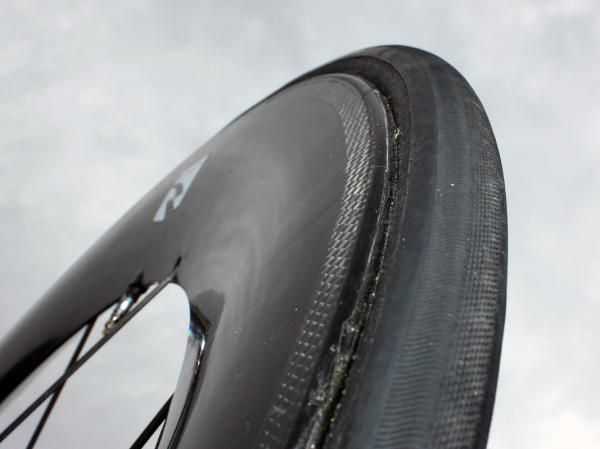
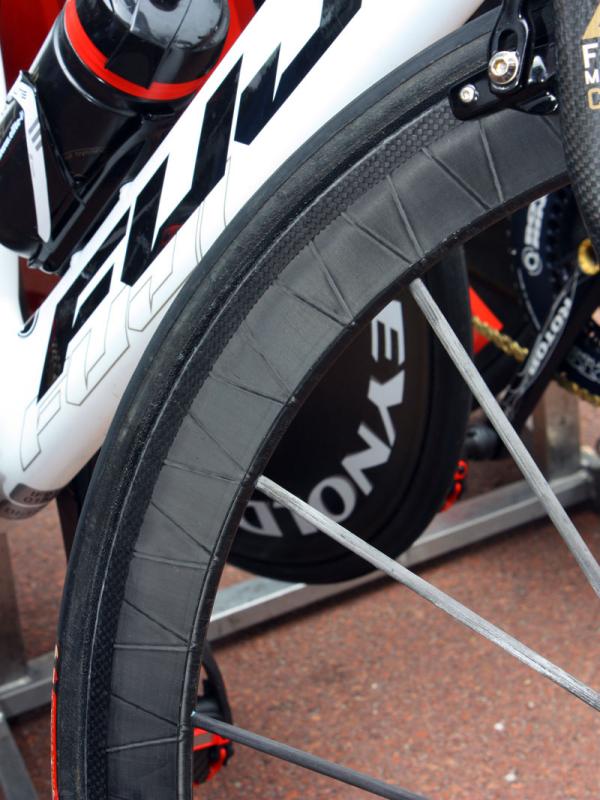
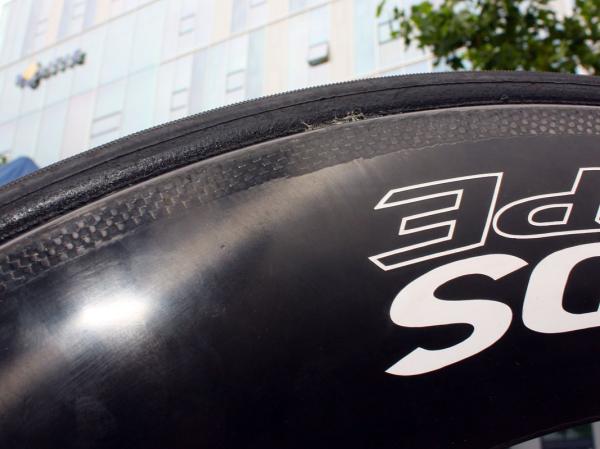
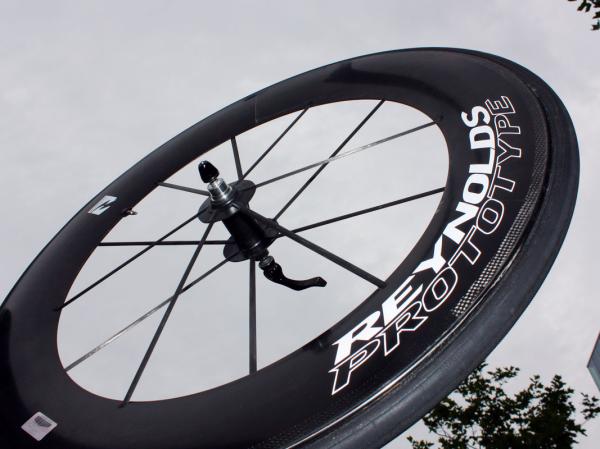
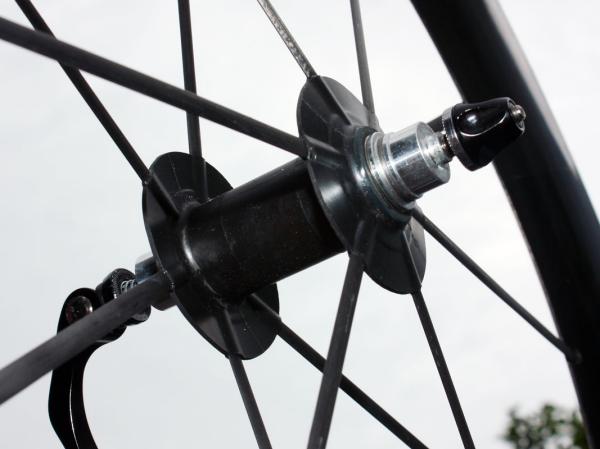
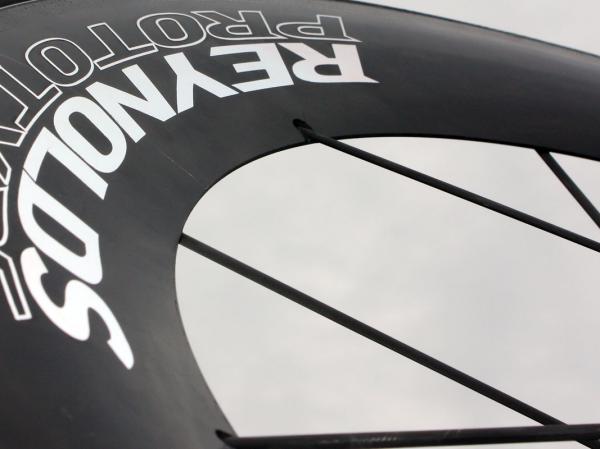
Reynolds' elite Composites Studio division officially unveiled a more aerodynamic version of its ultralight RZR 46 wheels under the Footon-Servetto riders in the Tour de France prologue.
As the name suggests, the new RZR 92.2 uses a doubly deep 92.2mm rim but it's not simply a scaled-up version of the original RZR 46. According to Reynolds 'director of technology and innovation' Paul Lew, the 92.2 smooths turbulent airflow over its rim surface by virtue of a precisely shaped rim that was designed largely through computational fluid dynamics (CFD) modeling.
"This is the first wheel in the Reynolds line to use what we call dispersive effect termination (DET)," he said. "We arrived at this 92mm depth by determining first what the width needed to be based on wider 22mm tyre - which is what a lot of people want to time trial on - and then we adjusted the shape and the length in the CFD program to essentially give us the lowest drag."
As with the RZR 46, the NACA airfoil-profile carbon spokes are bonded in place along with the internal carbon nipples that aid in initial truing. This leaves a smoother transition at the interface as compared to exposed external nipples for additionally reduced turbulence, according to Lew.
Unlike the RZR 46, though, the 92.2 rim uses a sharper and more gradually tapering tail that omits its little brother's Swirl Lip Generator.
"The Swirl Lip Generator is effective on a blunt edge," said Lew, which typically leaves a turbulent vacuum of air in its wake as the separate layers of air struggle to reconvene behind. "[The Swirl Lip Generator] helps suck the air around that edge.
"With the tapered trailing edge you don't really get that vacuum and so you don't need the generator. This is a faster wheel in every condition we tested."
Get The Leadout Newsletter
The latest race content, interviews, features, reviews and expert buying guides, direct to your inbox!
Part of that formula is a fatter 25.7mm rim width under the tyre bed plus a deeper tyre well that now also includes a channel to account for tubular seams. Unlike wide rims from competitor such as Zipp and HED, though, the RZR 92.2 uses parallel sidewalls that don't widen below the brake track.
Lew claims this yields more predictable braking performance than angled sidewalls and the same aerodynamic performance of more aggressively bulged shapes.
"The highest airflow comes at the widest section [of the 92.2 rim], which is actually about 33 percent of the distance from the edge of the tire," he explained. "Wheels that tend to be toroidal in shape are trying to achieve the same thing. This does it but it gives you parallel brake surfaces."
Another key change is a new brake track, which abandons Reynolds' old scrim layer in favour of a woven carbon layer that Lew says takes better advantage of today's more capable - and more specifically developed - carbon brake pads.
"Originally, Reynolds used the scrim to increase the heat because the harder pads that were designed for aluminum needed a little higher heat to get grabby but that's contrary to what you want for epoxy," said Lew.
"Instead, we designed a resin, we designed a laminate, and we designed a brake pad as a system. The braking temperature with the new laminate [which will be applied across the Reynolds range for 2011] is about 100°F cooler."
As expected, the RZR 92.2 will be very light for a wheel with this deep a rim section. Claimed weight for the pair is just 1,460g (680g front, 780g rear - or nearly half a pound lighter than Zipp's 1080) using the same carbon hubs and unique three-flange rear configuration as the RZR 46 but a lower 12/16 front/rear spoke count instead of 16/20.
Unfortunately, cost will remain similarly high at around US$6,000 for a set and Lew expects the RZR 92.2 to be available later this fall.
Updates to RZR 46
The original RZR 46 gets some significant updates as well and will actually split off into two versions for 2011.
While ultralight, the first RZR 46 didn't pass the UCI's stringent wheel impact test so Reynolds infused the formula with Kevlar. Lew says there are now two strands per spoke (a feature also shared with the RZR 92.2), two circumferential strands around both the inner and outer rim edges, as well as two spiral-wound strands that encompass the entire rim.
This new UCI-homologated version ends up around 100g heavier per pair but is now legal for use in UCI-sanctioned events, and it's still extremely light at around 730g for the front and 830g for the rear.
For well-heeled consumers that don't ever plan on racing at that level, Reynolds will still make the lighter version available and there's still a clincher planned for the 2011 model year, too.